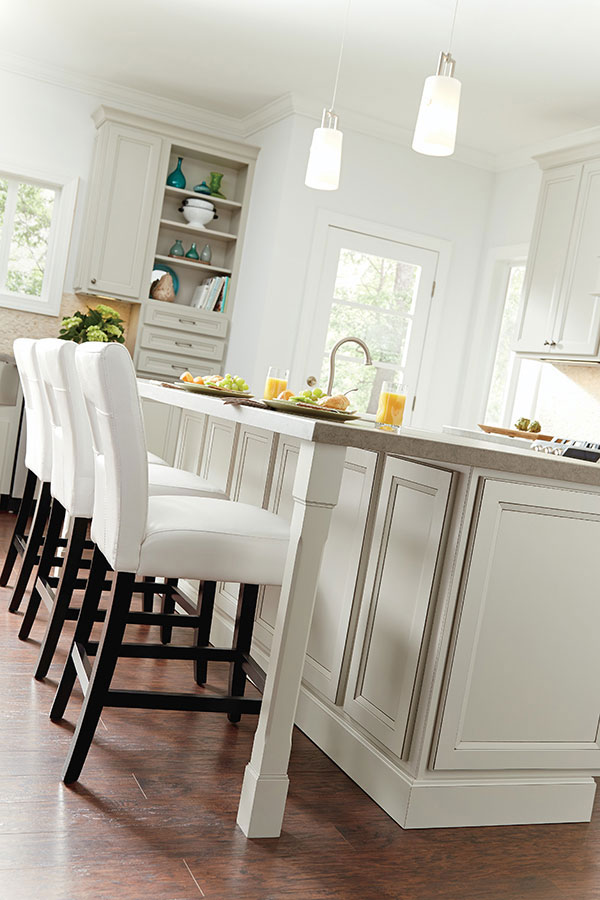Long Lasting and Stylish Choices for High-Quality Legs For Kitchen Island
Long Lasting and Stylish Choices for High-Quality Legs For Kitchen Island
Blog Article
Essential Factors to Think About When Picking Legs For Cooking Area Island
Picking the appropriate legs for a cooking area island involves a cautious assessment of several variables that can considerably affect both functionality and visual allure. As we explore these aspects, it becomes clear that each decision can have far-ranging implications for the general cooking area experience.
Product Options
When selecting legs for a kitchen area island, recognizing the various material alternatives is essential for accomplishing both visual allure and structural stability (Legs For Kitchen Island). The option of product significantly influences not only the resilience of the island but additionally its overall layout and performance
Metal legs, frequently made from stainless steel or wrought iron, contribute a commercial and modern-day feeling while making certain longevity and security. These products are resistant to wear and can support significant weight, making them ideal for bigger islands.
An additional alternative is crafted materials, like MDF or plywood, which can be much more cost-effective while still offering a series of coatings. Nonetheless, they may not offer the very same degree of security as solid wood or steel. Lastly, products such as acrylic or glass can produce a contemporary appearance, though they might require added assistance to guarantee security.
Eventually, the selection of product for kitchen area island legs should straighten with the desired capability and the general theme of the kitchen area.
Style and Layout

When considering style, the shape and finish of the legs are crucial. Tapered legs can offer a sense of lightness and elegance, while thicker, more robust legs can share toughness and security. In addition, the coating-- be it repainted, discolored, or natural-- should complement the cabinetry and kitchen counter products to develop a unified look.
Furthermore, the design of the legs can also mirror individual preference. Customized or decorative legs, such as those featuring detailed carvings or distinct geometric shapes, can work as centerpieces, adding character and individuality to the kitchen area. Eventually, the right selection will not only boost functionality yet also raise the visual allure, making the kitchen island a standout feature of the home.
Height Considerations
Selecting the proper elevation for cooking area island legs is important, as it straight impacts both capability and convenience. The basic elevation for a kitchen area island generally varies from 36 to 42 inches, lining up with usual counter top heights. A 36-inch elevation is perfect for food prep work and cooking, permitting comfortable use kitchen devices and tools. Alternatively, a height of 42 inches is usually chosen for islands planned for bar seating, fitting taller feceses and providing an informal dining experience.

It is additionally important to make up individuals' preferences and elevations. Personalizing the elevation can make sure a comfy experience for all family participants, making the cooking area island a much more satisfying and useful space.
Weight Assistance
Ensuring ample weight support for kitchen area island legs is important for both safety and capability. The kitchen area island frequently offers multiple objectives, consisting of cooking, dining, and added storage space, requiring a robust support framework. When choosing legs, it is vital to consider the total weight ability called for based on the island's intended use and the materials that will be put on it.
The choice of material for the legs plays a significant duty in their weight-bearing capacities. Strong timber, steel, and heavy-duty compounds usually supply exceptional strength contrasted to lighter materials. Furthermore, the design of the legs-- whether they are directly, tapered, or have a pedestal type-- can influence their ability to disperse weight successfully across the framework.
Constantly consult the producer's requirements pertaining to tons restrictions to make sure that the legs can maintain the designated weight without endangering security. In recap, picking cooking area island legs with appropriate weight assistance is essential for producing a safe and practical cooking space.
Installment and Maintenance
Correct installation and upkeep of kitchen area island legs are essential for guaranteeing durability and stability. This often involves protecting the legs to the island base utilizing suitable bolts, making sure that the legs are degree and lined up.
When installed, normal upkeep is essential to protect the stability and appearance visit this page of the legs - Legs For Kitchen Island. For wooden legs, routine cleansing with a damp towel and application of suitable timber polish can prevent wetness damages and maintain their finish. Steel legs may call for a mild cleaning visit their website solution to eliminate grease and grime, followed by a dry fabric to protect against rust development
Furthermore, examine the legs frequently for indicators of wear or damages, such as fractures or loosened joints. Tightening screws or bolts as required can likewise prolong the life expectancy of the legs. By sticking to these installment and upkeep methods, homeowners can ensure that their kitchen island remains strong and aesthetically appealing for several years ahead.
Verdict

Visual coherence is critical in choosing the style and layout of legs for a kitchen island, as these components substantially influence the total atmosphere of the space. Tapered legs can give a sense of agility and elegance, while thicker, more durable legs can share strength and security.Choosing the appropriate height for kitchen area island legs is essential, as it straight affects both capability and comfort. In recap, picking kitchen area island legs with sufficient weight assistance is important for creating a secure and functional cooking room.
In final thought, picking legs for a kitchen island visit our website necessitates cautious factor to consider of various aspects, consisting of product options, style, height, weight support, and setup.
Report this page